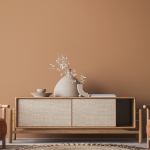In tiny homes where space is limited, these room divider ideas can separate a space into zones with different functions.
If you have surrendered to a small house and think the space is cramped, there are many ways to maximise the area and spatially define rooms. But one of the most humble and cost-effective ways is the smart use of home paint colours.
When it comes to small homes and studio apartments, separation is essential for creating a calm, functional and comfortable living space. If your bedroom is also your home office or if your living room is also your kitchen, try using paint as a partition design to section off different areas; without sacrificing liveable space. Wondering how you can do that? The answer is colour zoning.
What is colour zoning?
In interior design, colour zoning is a unique partition design technique where colour is used to define different areas of a room. This technique can be effective in homes that lack distinctive architectural features. With the power of paint, designers create a focal point and add a new function to a room. This technique is perfect for studio apartments or any space with an open floor plan!
What rooms can you use colour zoning?
The answer is simple- any space you wish had more function or lacks colour and character. Colour zoning can be used in any area to define and visually separate from the rest of the living space using colour. However, the trick is in using colours that complement each other to avoid a jarring effect. Stick to the same wall painting colour palette for a more harmonious and seamless look.
Bedroom
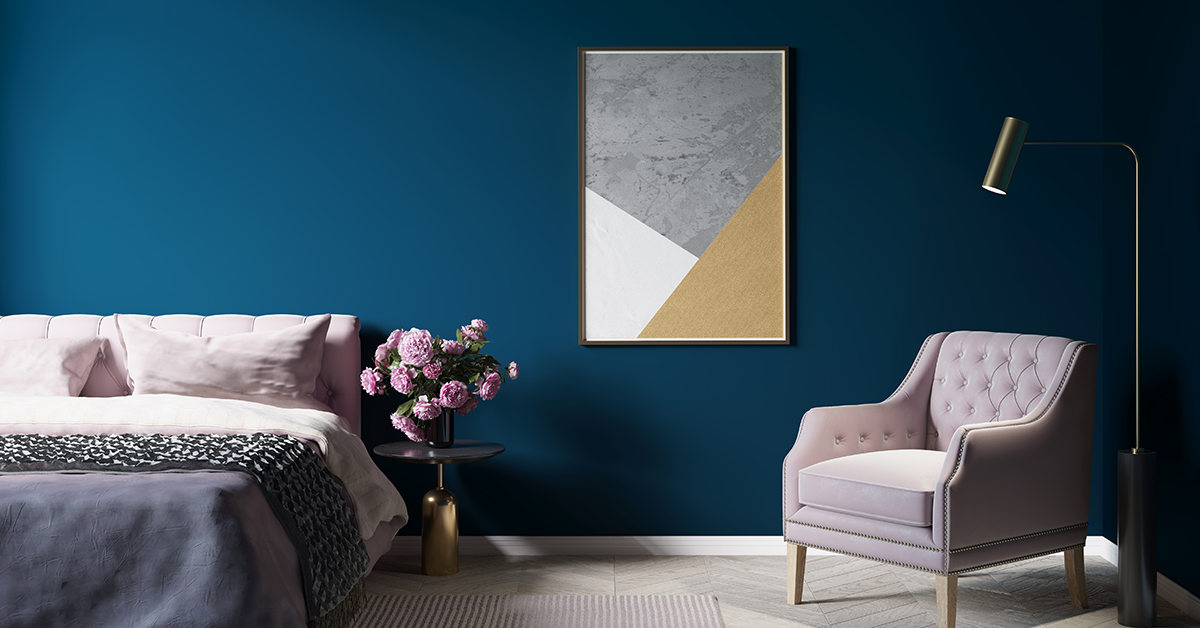
If you’re someone who uses the bedroom for more than just sleeping, use colour to segregate the different functions of the space. A blue wall against the bed can be relaxing and get you ready for sleep. Add an easy chair near the window and install some reading lights to create a cosy space to relax after work.
Find out the best wall colours for small bedrooms. Click here.
Office/study room
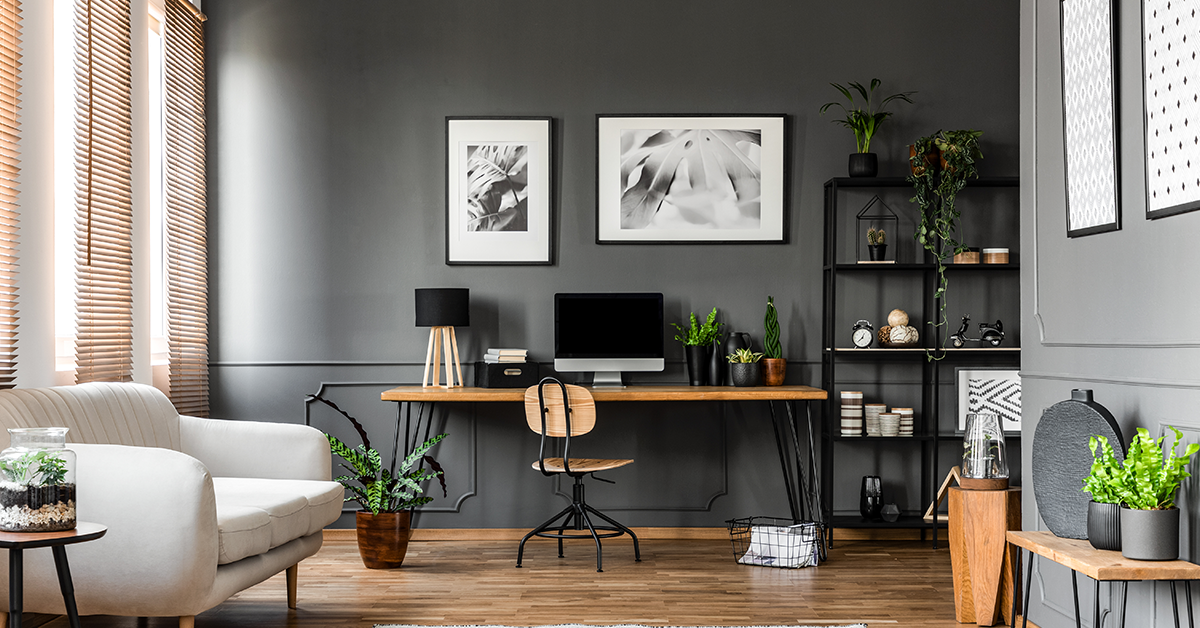
If you work from home often, you can carve out an office/study space from an existing room. Designate a wall, corner or small area of your desk and paint the wall behind it to create an inspiring work space.
Dining room

In most Indian homes, the living room is used as a dining room too, a place where the family comes together to enjoy a meal or two and spend some quality time together. For partition designs between living and dining rooms, use colour-zoning to create a space that feels different from the rest of the room. As seen here, a subdued terracotta wall colour creates a cosy and welcoming dining space in a bright living room.
Kitchen
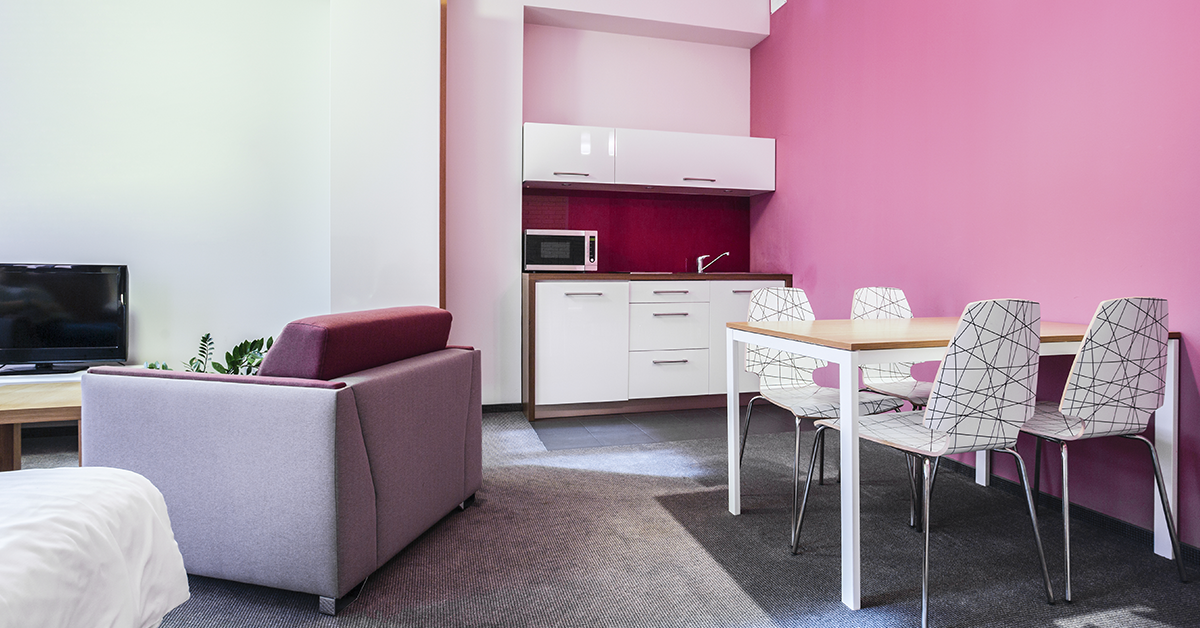
If you live in a studio flat, it can sometimes feel like you are sleeping in the kitchen! One simple solution is to create visual separation by colour blocking your kitchen space. The contrast will look great and make your kitchen shine in an open living space.
Living room
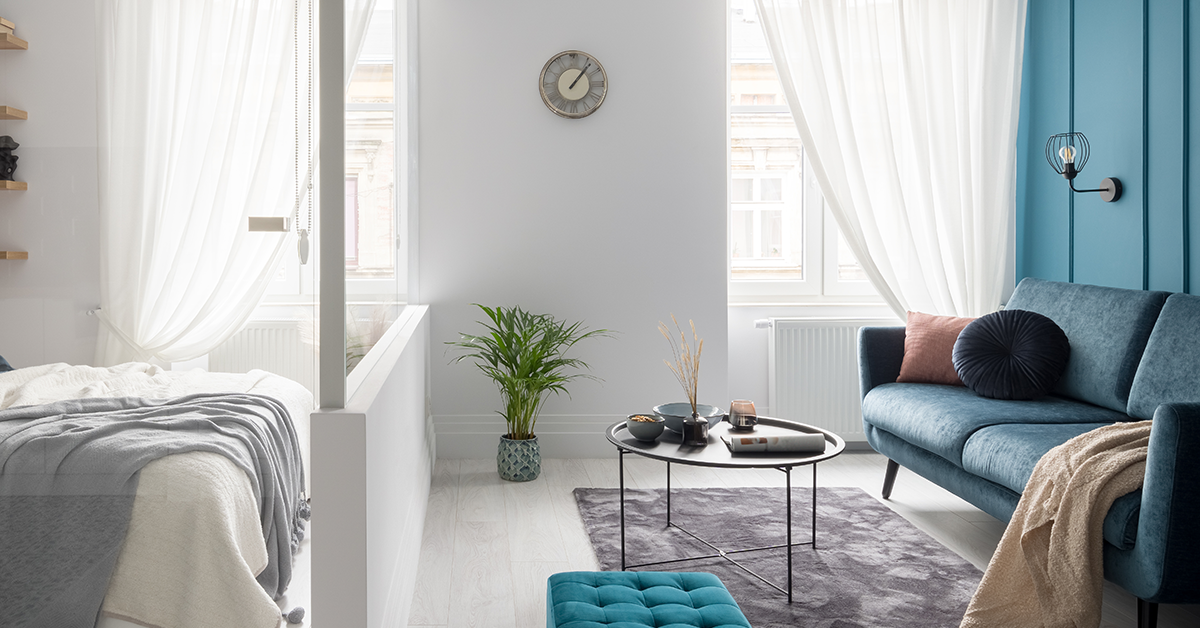
The living room can often end up serving so many functions- be it home office, workout spot, entertaining zone and beyond. Using colour zoning can not only help mark the different functions of the space but also add some brightness and life to the room, as seen in this studio apartment.
Tried and tested colour combinations for colour zoning
Make a statement with sophisticated black and pink
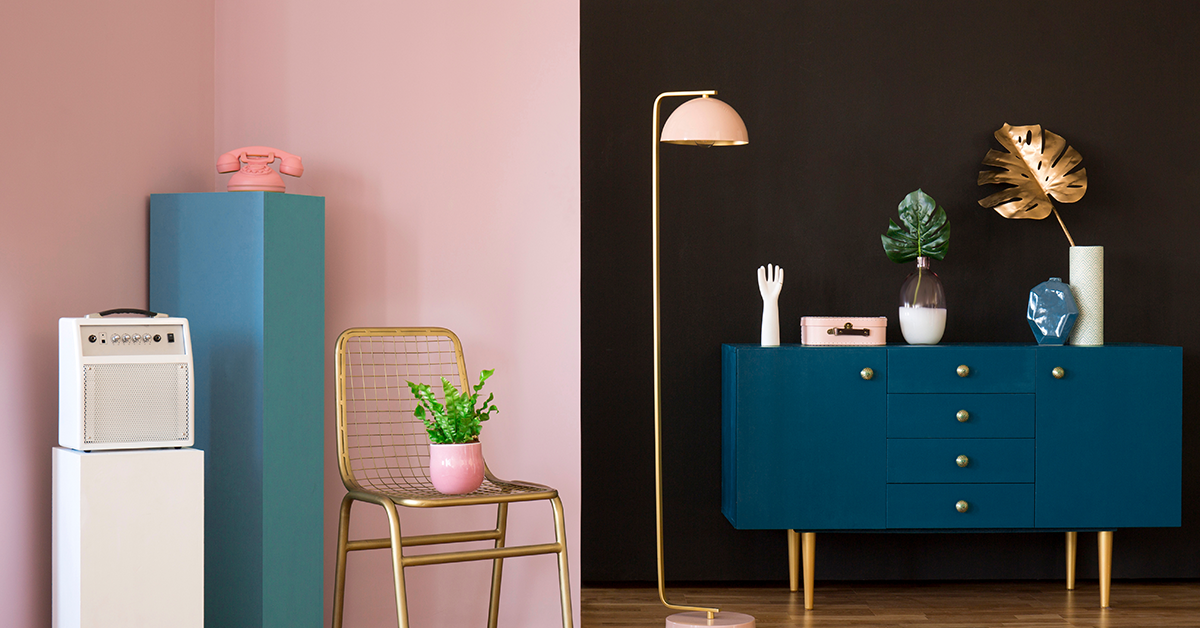
Create a comforting and warm colour scheme using statement tones and warm neutrals that will set the mood without causing a distraction.
For a standout style, use lush green and orange
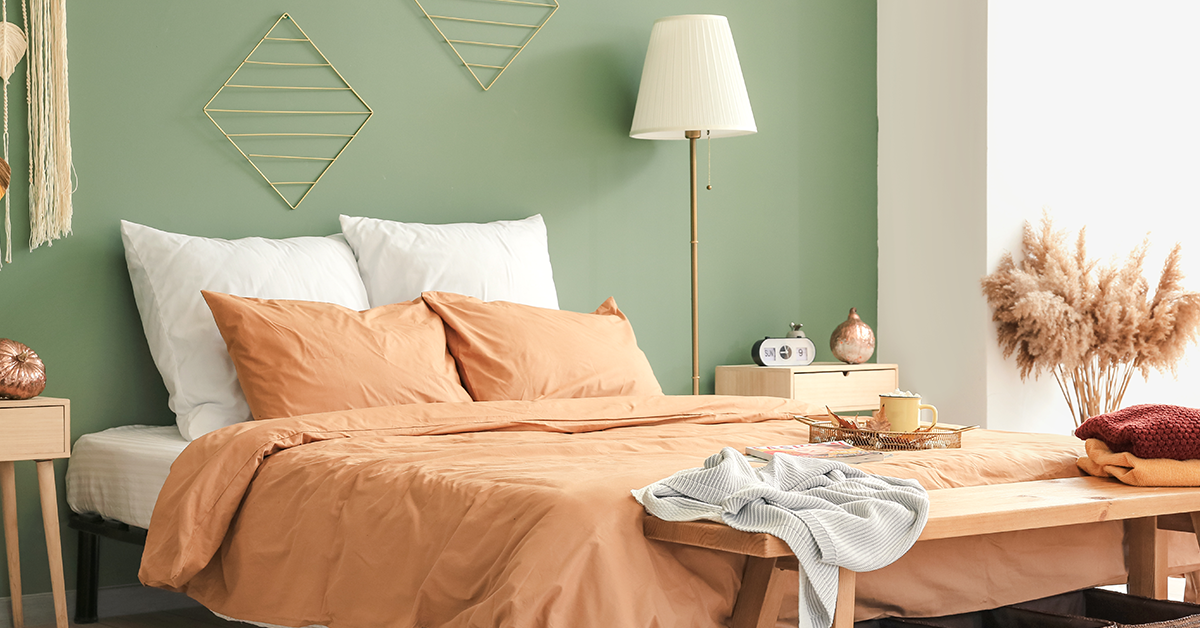
Green is a dynamic but refreshing colour that can make for a relaxing backdrop. Add an accent in the form of burnt orange or pastel orange shades that will bring the green backdrop to life, the colours reminiscent of a sunrise between lush mountain peaks.
Set a soothing atmosphere with calming neutrals
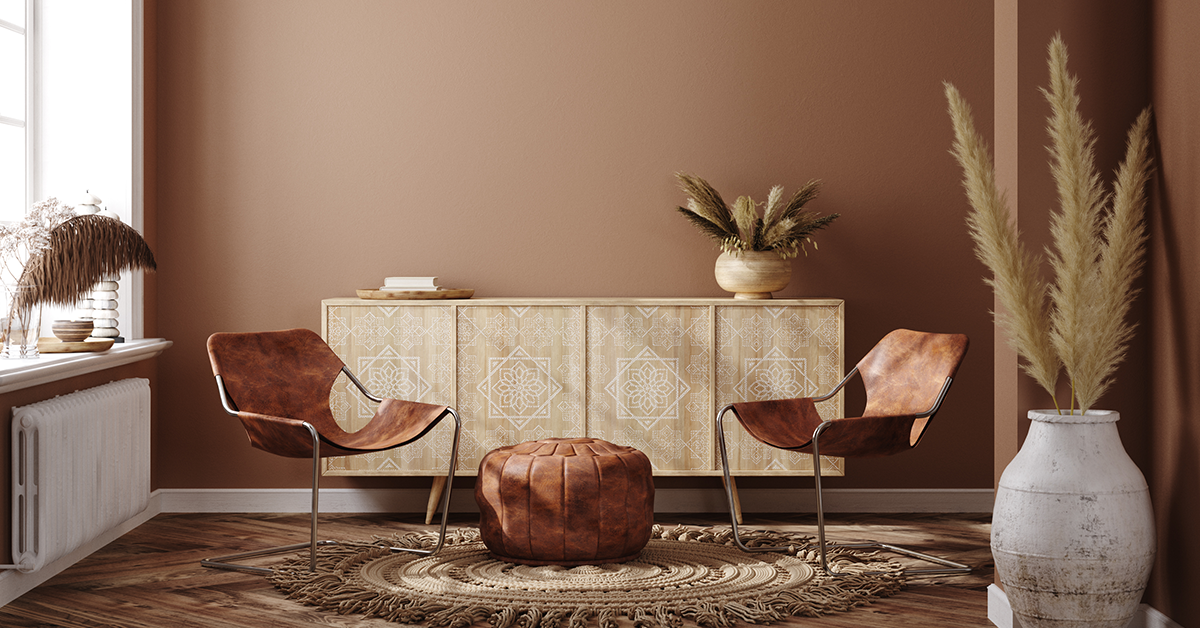
Calming neutrals inspired by earthy tones like this warm brown will make any space feel cosy and inviting. A tonal neutral palette is perfect for a studio apartment or smaller rooms.
Balance soft corals with cool tones

Faded hues of terracotta and soft coral will give any space a warm, natural glow. Coral comes alive in sunlight but on cold, grey days, it will lend a gentle warmth that is cosy and comforting. Combine a warm coral with cool tones like grey and fresh blue that will act as accent colours and bring balance to a warm coral scheme.
Combine earthy neutrals for a grounded feel
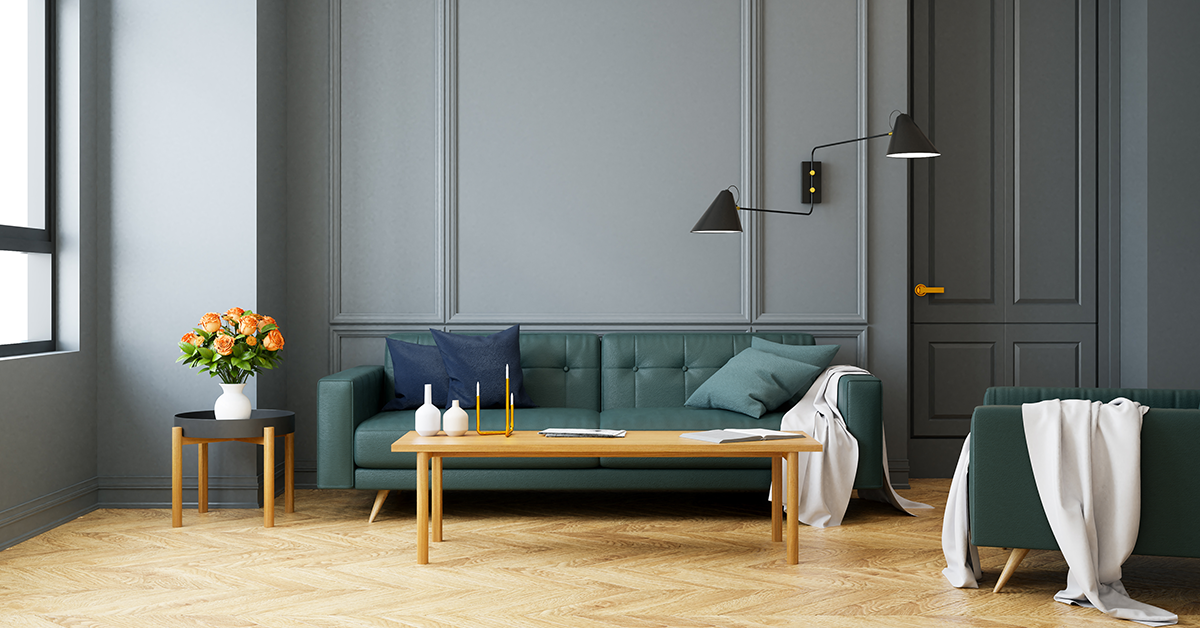
Nature inspired colours that complement outdoors will work equally well in an indoor setting. They have a restorative effect and complement furniture in rustic timbers and woven textiles.
Grey and green are neutral, earthy colours that work well together in an intimate setting. If you want to make a room cosy and inviting, this colour combination is sure to impress!
Conclusion
Hope these colour zoning ideas have inspired you to get creative with smaller spaces! The ultimate goal is to create a cosy and comfortable space for the entire family, no matter the size.
If you’re looking for a professional painting experience, you can now book a free consultation with our Express Painting experts. Allow us to create a beautiful space that you will love spending time in. SMS ‘XP’ to 56767 or give us a call on our toll-free number – 1800 103 6030.
If you enjoyed reading this, we recommend you check out our blog on “Interior Design Styles And Colour Schemes”. Click here to read.

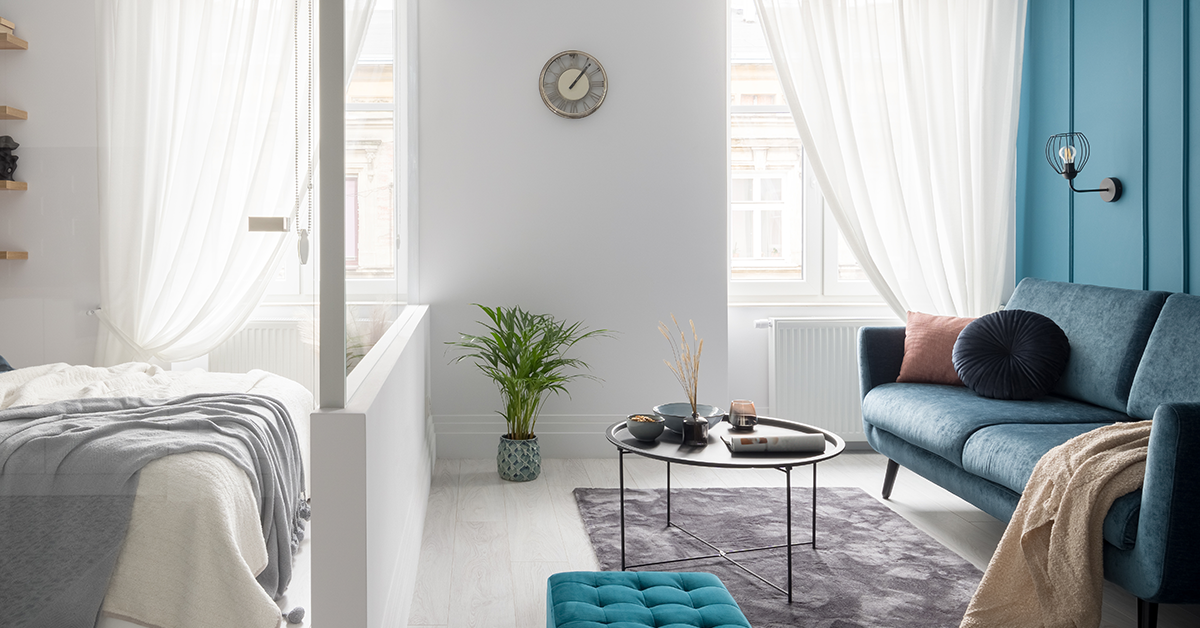
 Get in Touch
Get in Touch